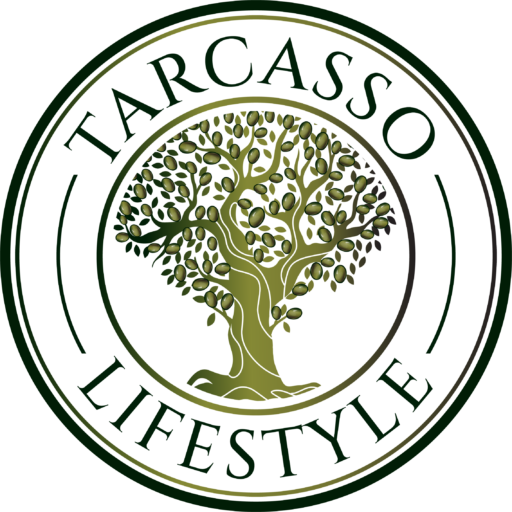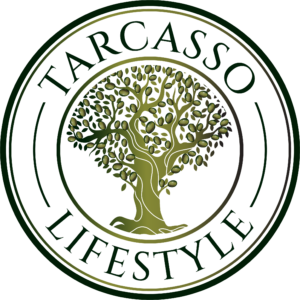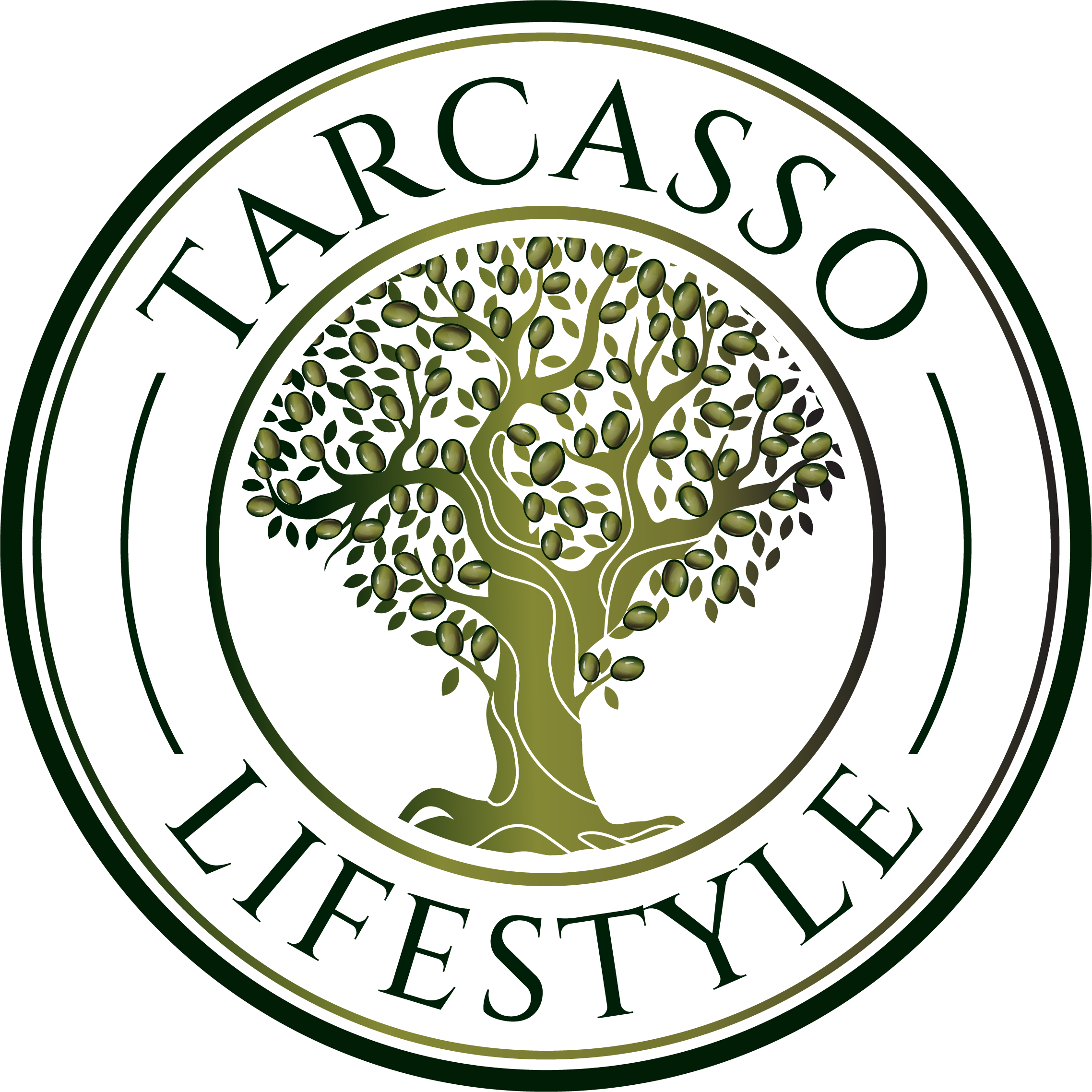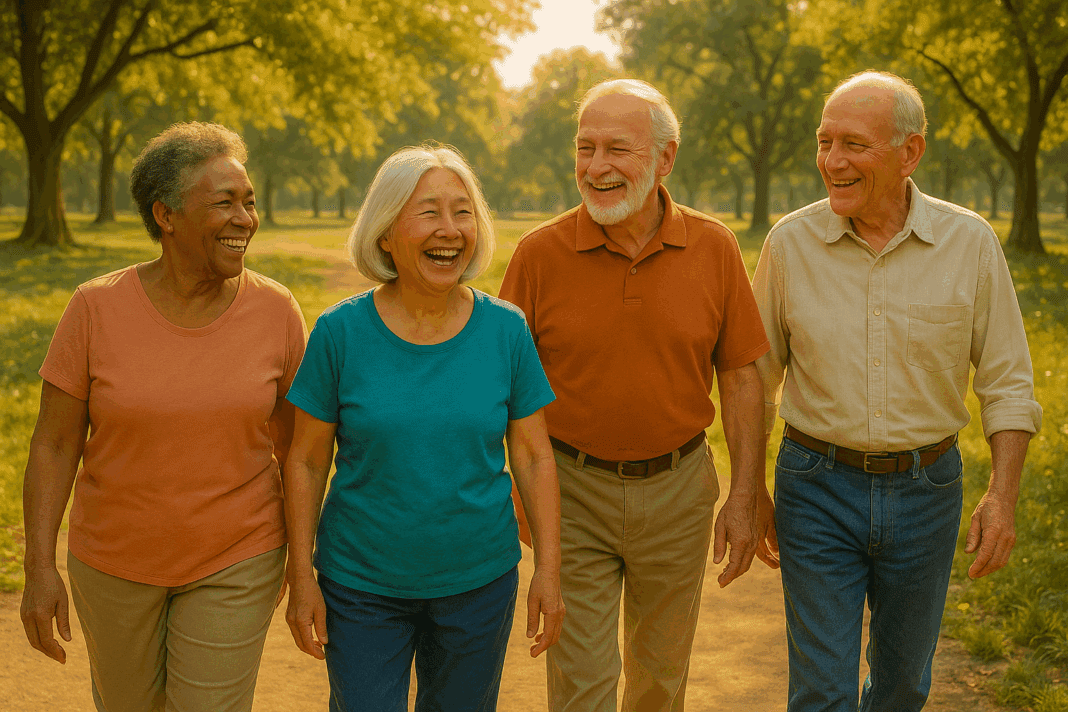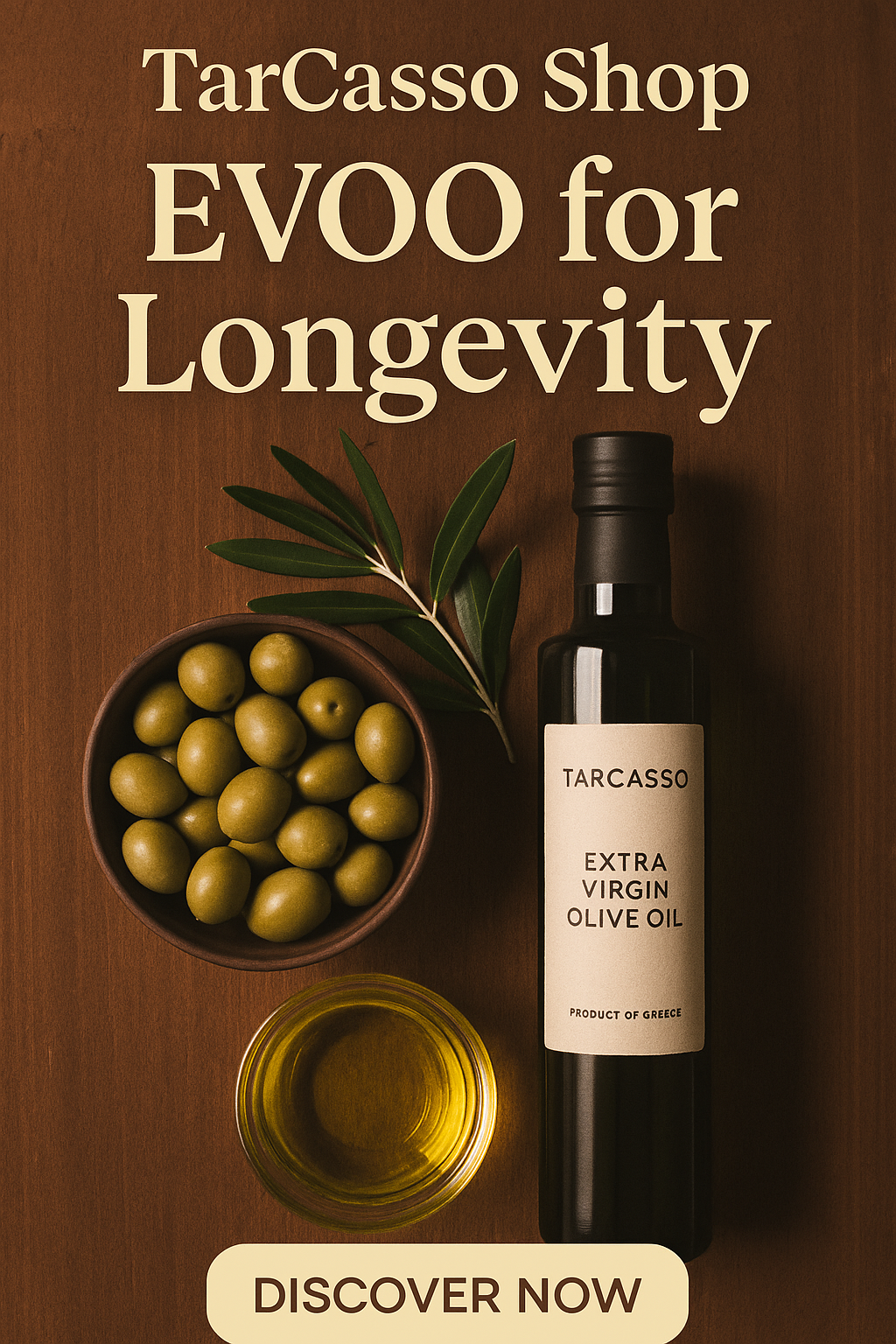Living to 100 is no longer just a dream—but what if those extra years come with chronic illness, disability, and declining quality of life? This gap between simply being alive and truly thriving has sparked a revolution in how we think about aging, introducing a crucial concept: healthspan.
What Is Healthspan?
Healthspan represents the period of your life spent in optimal health, free from serious chronic diseases and disabilities. Unlike lifespan, which measures how long you live, healthspan focuses on how well you live. Think of it as your “disease-free years”—the time when you can enjoy full physical, mental, and emotional wellbeing.
Healthspan isn’t just the length of time you are alive but the length of time you live in good health. It’s more about your quality of life than quantity.
Lizzy Lynch (Medichecks)
In most developed countries today, the average lifespan is about 77–80 years. However, the average “healthspan”—the years lived free of disease and major limitations—is much shorter. For example, in the United States, the average healthspan is about 63 years, leaving a gap of more than a decade typically spent coping with chronic illnesses like heart disease, diabetes, or arthritis.
The Global Healthspan Picture
Recent research reveals striking differences in healthspan across populations. The United States leads with the largest healthspan-lifespan gap at 12.4 years, followed by Australia (12.1 years) and New Zealand (11.8 years). Meanwhile, countries like Lesotho, Central African Republic, and Somalia have much smaller gaps, though this reflects shorter overall lifespans rather than better health outcomes.
How Does Healthspan Differ Around the World?
- United States: Lifespan ~77 years; healthspan ~64 years. Americans, on average, spend 10–13 years with declining health toward the end of their lives.
- Europe: For example, in the EU, women have about 62.8 healthy life years, men 62.4, while total life expectancy is closer to 80 for women.
- Global Gap: Across 183 countries, the average healthspan-lifespan gap is about 9.6 years and tends to be larger in women, who live longer but also experience more years of illness or disability before death.
Women globally face a particularly challenging reality, experiencing healthspan-lifespan gaps that are 2.4 years larger than men’s, primarily due to higher rates of noncommunicable diseases like musculoskeletal disorders and mental health conditions.
Learning from the Blue Zones
The concept of healthspan gains powerful real-world validation from the so-called Blue Zones—five regions where exceptional longevity is the norm rather than the exception. These areas include Okinawa (Japan), Sardinia (Italy), Nicoya (Costa Rica), Ikaria (Greece), and Loma Linda (California), where people reach age 100 at ten times the rate seen in the broader United States.
What makes Blue Zones remarkable isn’t just longevity but vitality. Research shows that only 20% of longevity is determined by genetics, while 80% comes from lifestyle and environment. Blue Zone residents don’t simply live longer—they maintain their healthspan remarkably well, often remaining mentally sharp and physically active well into their 90s and beyond.
The Blue Zone Blueprint for Extended Healthspan
Blue Zone research has identified nine common lifestyle factors, called the “Power 9,” that contribute to both longer life and extended healthspan:
- Movement: Blue Zone residents don’t “exercise” in gyms but naturally incorporate movement throughout their day, walking regularly and staying active through daily tasks.
- Diet: They follow a primarily plant-based diet where beans are dietary cornerstones, meat is consumed only about five times monthly, and portions are modest.
- Purpose: Having a clear reason for waking up each morning, whether it’s family, work, or community involvement.
- Stress Management: Built-in daily routines that help shed stress, from prayer to afternoon naps.
- Community: Strong social networks provide emotional support, with attendance at faith-based services adding 4-14 years to life expectancy.
Extending Your Own Healthspan
While genetics play a role, the Blue Zone example proves that lifestyle choices dramatically influence both lifespan and healthspan. The key strategies include maintaining regular physical activity, eating a predominantly plant-based diet, managing stress effectively, nurturing social connections, and finding meaning in daily life.
The World Health Organization has designated 2021-2030 as the “Decade of Healthy Aging,” emphasizing that the goal isn’t just living longer but living better. As our understanding of healthspan grows, the focus shifts from merely extending life to ensuring those extra years are vibrant, purposeful, and fulfilling.
The healthspan revolution challenges us to ask not just “How long will I live?” but “How well will I live?” The answer, research suggests, lies largely in our hands.
